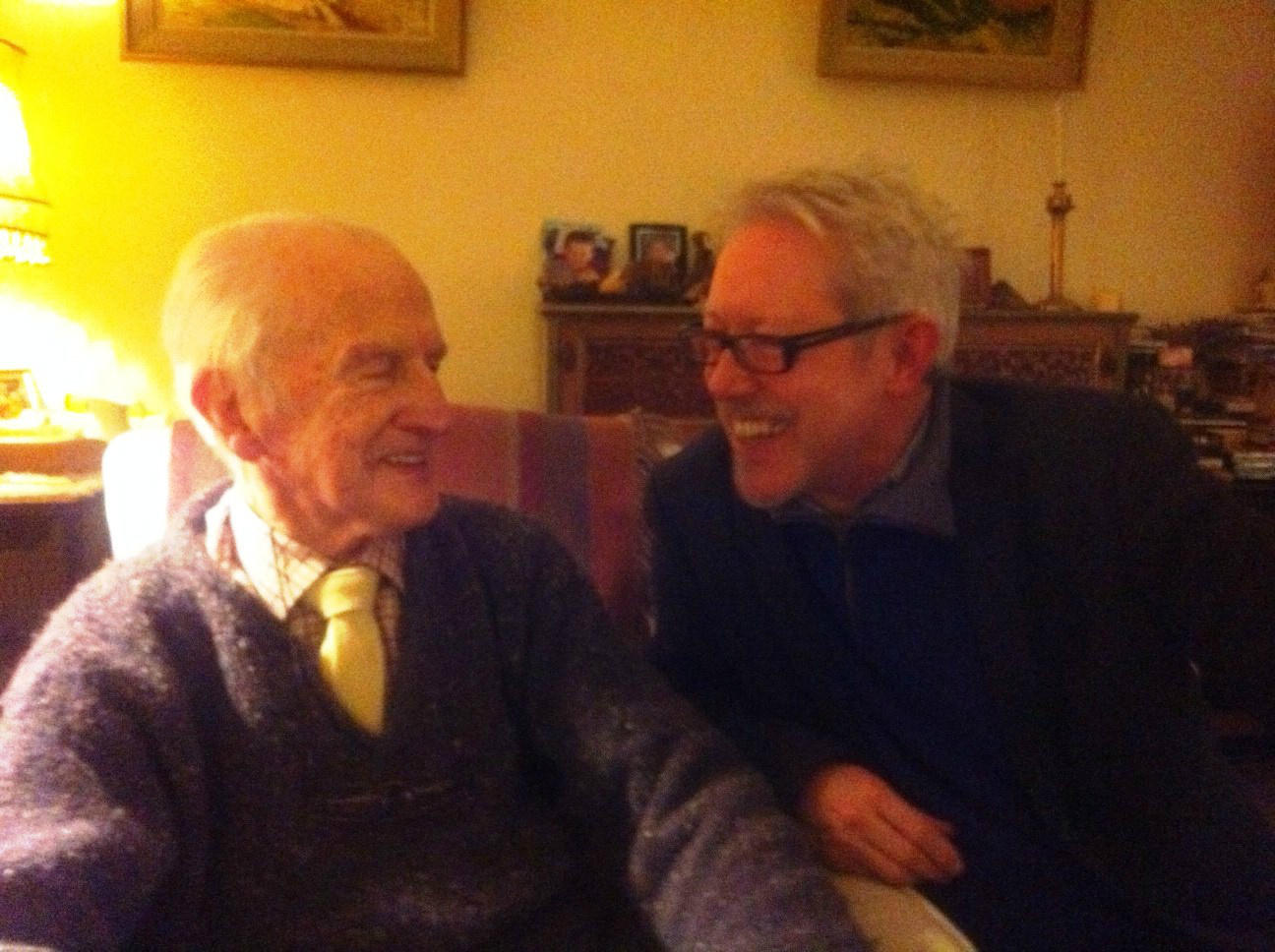How the Abbey actor who later played Padraig Pearse in Hollywood himself took part in the Rebels' last stand in the 1916 Rising
 | ||
| Arthur Shields c.1920 |
With the centenary of the 1916 rising only three years away
the building on Dublin’s Moore street where the leaders of the Rising decided
to end the rebellion has been in the news recently amid plans to turn the
building into a museum. Amongst those
present on Hanlon’s fish shop on Moore street on the final day of the rising
was Abbey Theatre actor Arthur Shields.
Shields’ daughter Christine donated his personal papers to the NUI
Galway archives service in 2003.
Arthur Shields and his brother Barry Fitzgerald (real name Will
Shields) both appeared in the first production of Sean O’Casey’s The Plough and the Stars. Shields also played Padraig Pearse in John Ford’s 1936
film adaptation of the drama.
During the rising Arthur Shields was stationed in the
Metropole Hotel on O’Connell Street (now the location of Penny’s). The volunteer
garrison abandoned their position in the hotel on Friday 28th April,
first making there way into the GPO which was already on fire, then retreating
to Moore Street with the GPO garrison including Padraig Pearse and the other
leaders of the rising. While Shields himself
didn’t leave a detailed account of his role in the rising his brother in law Charles
Saurin who fought along side him made a detailed witness statement for the bureau of military history in
1949. The Shields Family papers includes
a copy of this statement, while the original was recently digitised and made
available on line ( see: http://www.bureauofmilitaryhistory.ie/reels/bmh/BMH.WS0288.pdf).
According to Saurin he and Shields along with the rest of
the volunteers made their way from house to house along Moore street trough holes
knocked in the dividing walls between the houses' basements. Saurin recalled that “there was
the question, as the last bricks and plaster of the hole went crashing out
under the blows of sledge-hammers and crowbars, as to whether we might not find
the enemy on the other side to hurtle grenades into our midst."
 |
| Arthur Shields, Lennox Robinson and Sean O'Casey c. 1935 (Shields Family Papers,NUI Galway) |
Eventually Shields and Saurin found themselves in the loft
at the back of Hanlon’s fish shop (16 Moore Street) with five other men. Word reached them that they were to be given what
“used to be know as the place of honor in the coming battle” i.e. they were to
be first in the firing line. Saurin
describes the plan:
It seems that an attempt was to
be made to fight our way out of the Moore Street area and to get to the
Williams & Woods' Jam Factory in Great Britain Street from where we were to
try and link up with our own forces in the Four Courts. Apparently the seven of us in the loft at the
back of Hanlon's were on a given word to jump out through the open doorway down
on to the lane below, fire a volley and charge the barricade. This was supposed to be a diversion while the
main body in full force broke out into Moore Street and stormed a big barricade
at the top of the street, and no doubt carried all before it on the direction
of Williams & Woods while seven corpses lay in Moore Lane.
In the event the
break-out plan was abandoned and the decision was taken instead to surrender in order to avoid further bloodshed. When the time came to surrender the men were
advised to dispose of anything that might be regarded as loot:
 |
| Loot: Lorna Doone |
Clips from John Ford's 1936 adaption of The Plough and the Stars
After surrendering to the British forces Shields and Saurin
a long with other volunteers were marched to Richmond Barracks in Inchicore, on
the way they at the corner of Francis Street they passed “shrieking women from the back streets who called
us filthy names and hurled curses at us. ” Later on Thomas Street they saw “sympathy on the faces of people
looking out of the dwellings over the shops. British officers marching on our
flanks kept shouting to them: "Close those windows". While at Guinness’s
“shirt-sleeved officials were leaning
out of the windows looking at us with superior, contemptuous smiles.”
In the barracks “notables” amongst the volunteers were separated
out from the rest ; Shields apparently attracted attention because he wore
glasses:
Arthur Shields who wore glasses
and who, consequently, in the eyes of the 'G' men, may have looked an
intellectual and, therefore, important, was asked his name by the individual
who had picked out Willie Pearse, and also where he worked. The Abbey Theatre
should have been suspect as one of the birthplaces of twentieth century Irish
nationalism, but this did not seem to dawn on the 'G' man and Shields was left beside
me, after a final question as to whether be knew Philip Guiry, another Abbey
Player.
 |
| Barry Fitzgerald in Going My Way |
While Willie Pearse was among those sentenced to death and
executed for their part in the rising Shields and Saurin were transported to Britain
and interned in Frongoch camp, Wales. Saurin later server as an officer in the Free State Army. While Shields went on to play lead roles in many Abbey productions during, also acting as the Abbey tour manager for a number of tours of North America. Eventually he and his brother Barry Fitzgerald settled in California where both acted in Hollywod films. Barry Fitzgerald one an Oscar in 1945 for his role alongside Bing Crosby in Going My Way.
An online exhibition of Material from the Shields family papers is available here: http://archives.library.nuigalway.ie/shields
Plans for 1916 Rebellion Museum - Moore Street Dublin - Narrated by John Connolly








